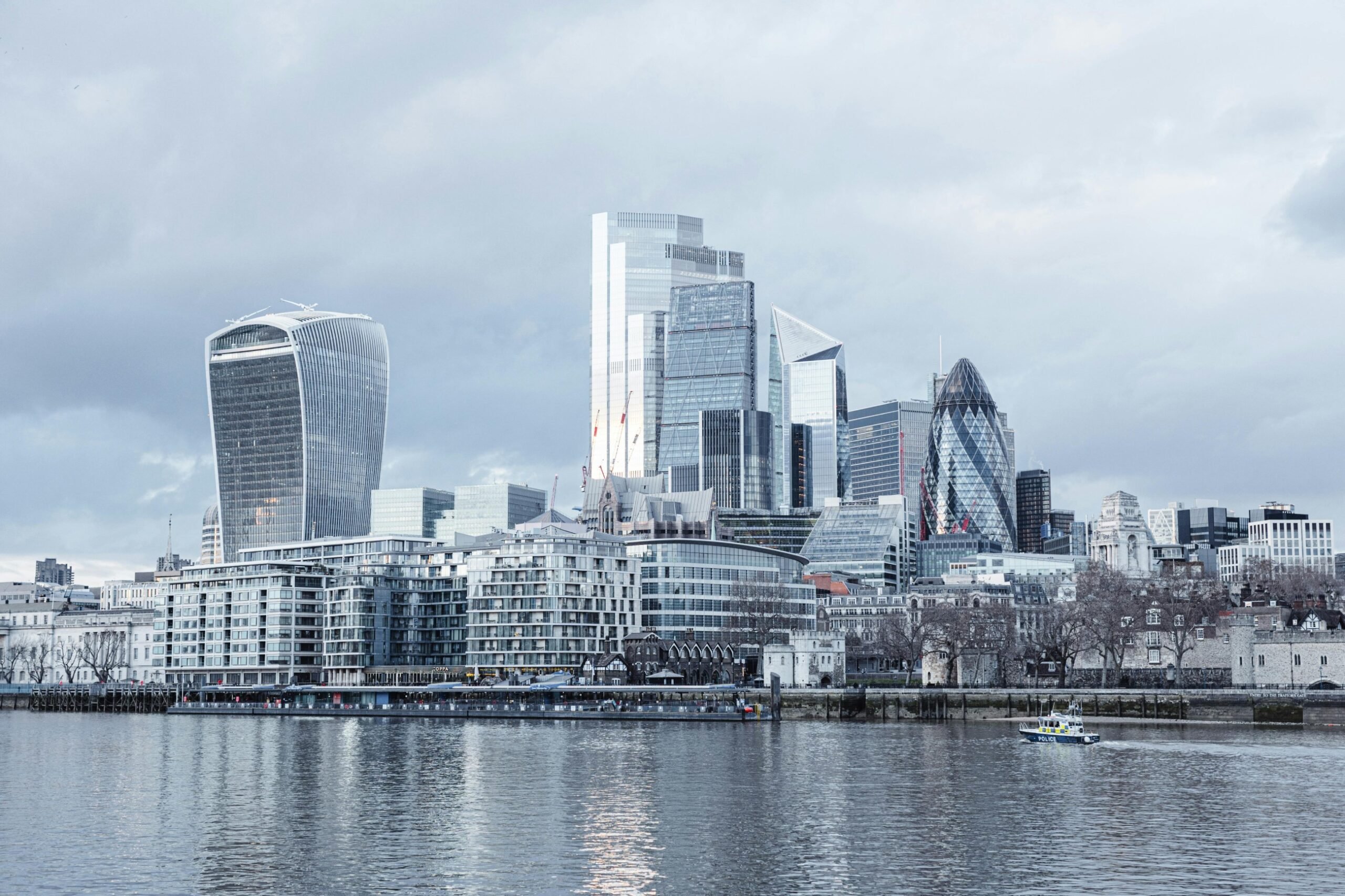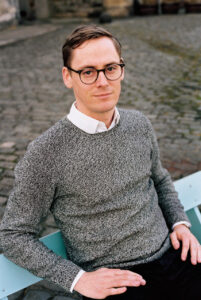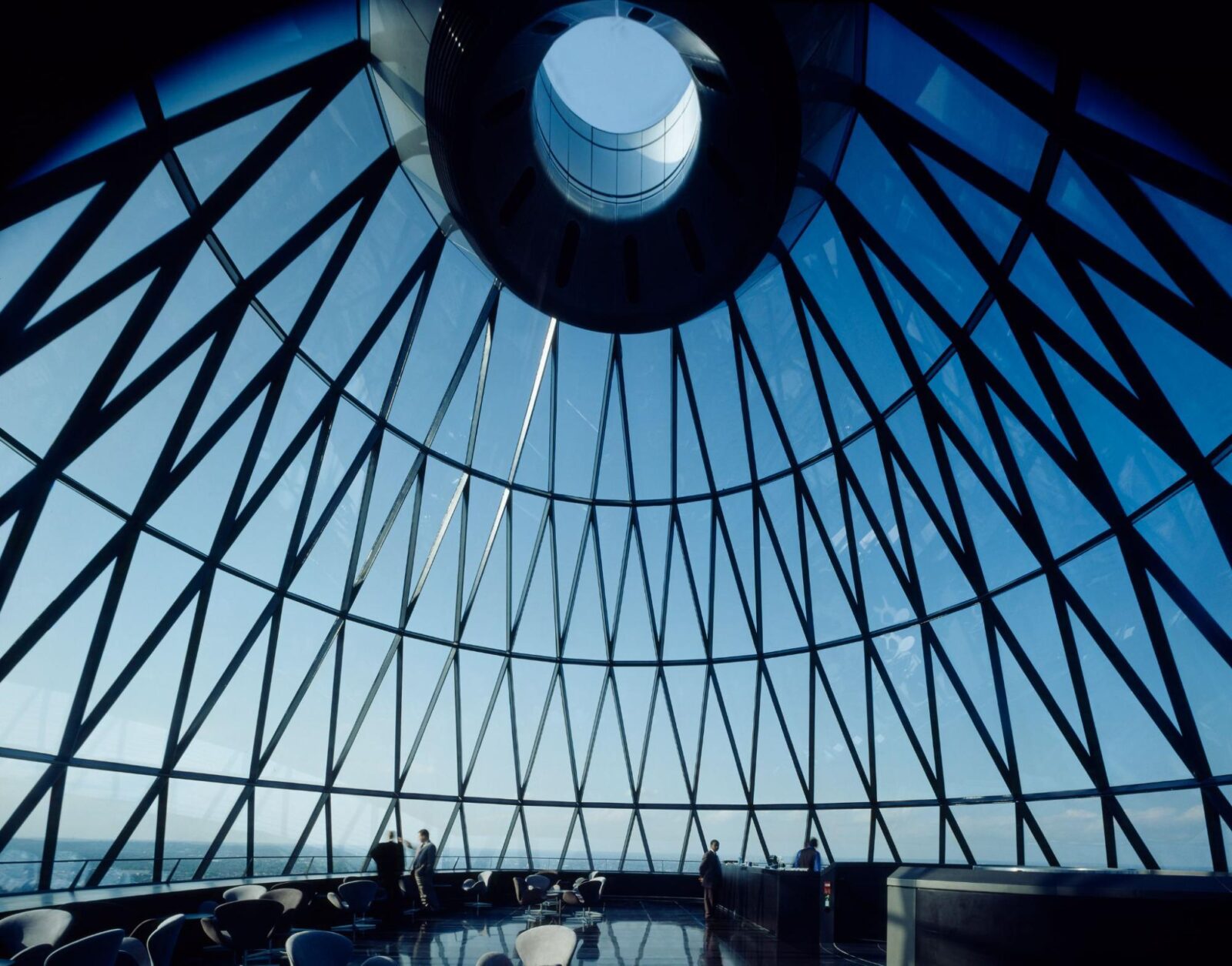Architecture
The world’s first skyscraper was built in 1885. Chicago’s Home Insurance Building rose only 10 stories, but its height astonished the public of the day and relayed a message of high corporate confidence. NYC responded, and the two cities began outgrowing each other upwards for the next 45 years.
Typically, what fueled it was the rivalry between two men. Each headed his own colossus, both giants of the automobile industry. By Grand Central Station, Walter P. Chrysler had just fashioned a 77-story Art Deco homage to the cars that made his money, topped by an aerodynamic chrome steel tower that glinted in the sun, and huge jutting gargoyles that mirrored hood ornaments. The imperious urban critic Lewis Mumford was impressed, if less by the building’s aesthetic merits than by the personal imperatives of Mr Chrysler. It exemplified, Mumford wrote in The New Republic magazine, “the real dangers of a plutocracy… (as) the masters of our civilization exhibit their barbarous egos.”

Modern times
Architecture has always been symbolic of its time. It articulates ideologies, provides contemporary commentary on our ways of working and living. There is a message-making shouldness about it. Here, design and architecture journalist Alyn Griffiths examines the stories that urban skylines now want to tell.
In 2004, an office building opened in a capital city that started to change the narrative from soaring in the sky to creating an architecture that might mean more to people on the ground.
The Gherkin, at 30 St Mary Axe on the western edge of the City of London’s financial district, challenged the property developer’s convention of more-is-more skyline thinking, even as a wave of high-rise building was gaining momentum on the capital’s streets.
It’s not miniature. At 180m (591ft) tall, the Gherkin commands attention. But what drew public affection was its slinky pickle shape, with its media moniker playing no small part in encouraging that engagement. It won the 2004 Stirling Prize, the UK’s major architecture accolade.

In the Gherkin’s 20th anniversary year, many of the higher structures that have sprouted up around it sit in stern, unloved contrast. Ultra-tall towers such as the Leadenhall Building have added to an architectural mishmash in the Square Mile. Despite its lean triangular elegance, Leadenhall was quickly turned by the public naming craze into the Cheesegrater – not because everyone loves cheese maybe, but because it grated visually for some.
The real villain of the piece, however, in the eyes of many Londoners, is the bulbous Walkie-Talkie at 20 Fenchurch Street. Planning approval for this behemoth was granted despite protests from English Heritage and UNESCO. According to The Guardian’s architecture critic Oliver Wainwright, “It looms thuggishly over its neighbors like a broad-shouldered banker in a cheap pin-stripe suit.” The media feeding frenzy reported how it created wind tunnels that blew pedestrians off their feet. And how – in a nice nod back to Icarus – its concave mirrored windows set blazing sun-fires alight, blistering paintwork on shops and melting parts of a Jaguar parked below. It won Building Design magazine’s Carbuncle Cup for the UK’s worst building of 2015.

Did the Gherkin inspire a craze for unusual buildings? The looming Walkie-Talkie (left) with 22 Bishopsgate and the Cheesegrater behind. (Shutterstock)
Dizzying designs
The desire of developers to build dizzyingly taller conflicts with the increasing impetus for attractive, functional and cohesive urban realm across the world. In response to expanding populations in cramped urban contexts, skyscrapers maximize occupant numbers on a minimal footprint. But tighter regulation is needed so that quality of design from the get-go matches the scale and lifespans of these structures.
Projects like the Gherkin succeed because they transmit civic benefit beyond commercial boundaries. Foster + Partners’ pioneering tapered form allows attractive public realm at street level and reduces wind deflection, while also channeling air to drive a natural ventilation system. Its legacy goes beyond aesthetics. It engineers positive social and environmental impacts.
The Council on Tall Buildings and Urban Habitat sends out good messages, too, from its offices in Chicago, Venice and Shanghai. This non-profit organization explores how increased urban density and vertical growth can support more sustainable and healthy cities. CEO Javier Quintana de Uña believes that skyscrapers aren’t taboo in themselves and claims that the past 15 years have seen design focus switching “from taller to better, from quantitative to qualitative.”
Contemporary skyscrapers are no longer isolated objects but integrated into the city fabric at street level. – Javier Quintana de Uña
Height is no longer the measure of success. Sustainability, responsible density, affordability and user experience comes to the fore. “This brings about a new canon of beauty that replaces the classic mix of glass and steel with hybrid structures, timber, greenery, natural ventilation and community spaces,” says Quintana de Uña. “It also embodies a new concept of livability that’s generous with the city and the user. Contemporary skyscrapers are no longer isolated objects but integrated into the city fabric at street level.”
This shift towards more responsible skyscraper design coincides with changing societal attitudes to overt displays of wealth at a time of global economic challenges. It also proves that those with the power to determine what gets built in a city are now more inclined to approve a tall building only if it noticeably enhances the public realm rather than simply adding the monotone of height.
Quintana de Uña cites the architectural practice of MVRDV’s recently completed Valley Towers in Amsterdam as a successful modern skyscraper, giving every tenant in this dense and varied complex a unique experience. The buildings’ craggy outlines reference mountains, with zigzagging pathways rising up from street level to a central valley between its three connected towers. He’s also an admirer of Singapore architects WOHA, whose Pan Pacific Orchard’s vertical stacked plazas offer a generosity of gardens, beaches and waterfalls.

Clean lines
Near where the selfie-snapping tourists choose the Chrysler and the Empire State as their backdrop, subtle contemporary skyscrapers are beginning to complement the streetscape. The Bryant, a 32-story mixed-use tower by international practice David Chipperfield Architects, rises above Bryant Park in Midtown Manhattan, an area protected by the city’s Landmarks Preservation Commission. According to project architect Mattias Kunz, The Bryant was designed as “a good team player” – sympathetic to its historic context while also projecting contemporary character.

“Our building has a simple rigorous column-and-beam construction with clean lines. It’s not as decorative as its historic counterparts,” he says. “But it uses pre-cast concrete to reference the masonry construction of the neighboring buildings. That gives it a timeless feel. The building’s ability to convey how it’s made through its materiality rather than just presenting you with a cold, abstract glass skin contributes to a good urban environment that has substance and clarity.”
Skyscraperism for its own sake may not be over. The world’s tallest building now is, of course, the Burj Khalifa in Dubai, at 828m (2,717ft) – over twice the height the World Trade Center was. It’s an undeniably striking statement. And we may suppose that statement-making will remain part of the political human condition.
But projects like The Bryant offer a more generous dialogue with their neighbors, and in these times a little more conversation is probably no bad thing. We might not look back in 20 years and sing of how The Bryant changed the New York skyline as the Chrysler and the Empire State did, but it’ll still be there, confidently complementing its surroundings. Whichever direction architects, developers and planners choose when designing city buildings, let’s hope they remember that the urban realm belongs to all citizens – not just those reaching up to make myths in the sky.
Main image: Nigel Young/Foster + Partners
-

- Reporter: Alyn Griffiths
- Alyn Griffiths writes on architecture, design and culture for global lifestyle publications. His book The Future City: Visionary Architecture and Design (Lannoo, 2021) explores urbanization through innovative projects by international architectural practices.


